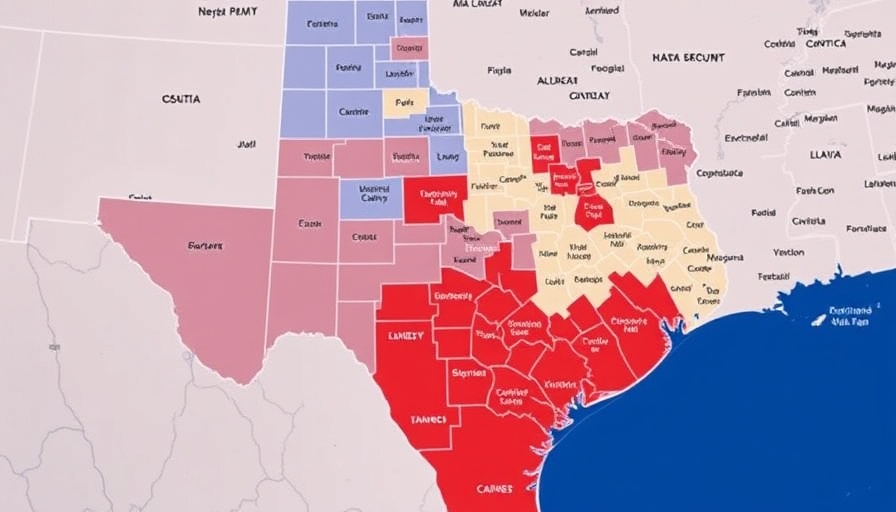
FBI Issues Warning to Tesla Drivers After Recent Incidents
The FBI has issued a public alert urging American Tesla drivers to stay vigilant following a series of alarming attacks on Tesla vehicles and charging stations. This comes after "incendiary" devices were discovered outside a Tesla showroom in Austin earlier this week. Authorities responded quickly, and thankfully, there were no reported injuries from this incident.
Incendiary Devices Cause Concern
According to reports from KXAN-TV, the incendiary devices were located just after 8 a.m. by authorities, who swiftly dispatched the Austin Police Department's bomb squad to ensure public safety. The discovery has heightened tensions amid ongoing protests against Tesla CEO Elon Musk, who has recently taken on a significant advisory role in government, working closely with President Donald Trump.
Background of Protests Against Elon Musk
Over the past couple of weekends, protests have erupted outside the Austin showroom, consisting of approximately 100 participants expressing their discontent with Musk and the policies of the newly formed Department of Government Efficiency (DOGE). While frustrations have boiled over into public demonstrations, these protests have remained largely peaceful, with no arrests reported. Nevertheless, the FBI is taking a proactive stance to ensure public safety as demonstrations continue.
Reports of Vandalism Across the Nation
As the FBI digs deeper into these incidents, it has been noted that Tesla-related vandalism is not isolated to Austin. Earlier this month, a Tesla charging station in Boston was notoriously set on fire, and police in Oregon arrested a man accused of throwing Molotov cocktails at a Tesla showroom. Additionally, there was an incident in Las Vegas that involved similar violent measures. These attacks have sparked concern and prompted a nationwide warning from both the FBI and the Bureau of Alcohol, Tobacco, Firearms, and Explosives (ATF).
Government Officials Weigh In
U.S. Attorney General Pam Bondi remarked that the escalating attacks targeting Tesla’s infrastructure is "nothing short of domestic terrorism." This stark label underscores the urgency with which federal agencies are treating these actions, even as they investigate the lack of coordinated efforts behind them. The FBI encourages all citizens—especially Tesla drivers—to be vigilant and report any suspicious activity near Tesla properties.
The Broader Impact on the Automotive Industry
This rise in violence against Tesla not only puts individual drivers at risk but also poses a significant threat to the broader electric vehicle (EV) landscape. As the industry moves towards adopting electric vehicles, attacks like these could hinder the public's transition from traditional gasoline-powered cars. Maintaining a safe charging and ownership experience is crucial for fostering consumer confidence in this next wave of automotive technology.
Reassessing Our Approach to EV Safety
As Tesla continues to innovate and expand its footprint across the country, ensuring safety and security at their showrooms is essential. This recent surge in hostility signals a need for automakers and charging station providers to reevaluate their security measures to protect their properties and customers. Heightened security protocols around Tesla locations might be a necessary step to prevent future attacks.
How Tesla Owners Can Actively Stay Safe
For Tesla owners, being informed about these incidents is paramount. Stay engaged with local news and networking platforms for updates on safety. As public protests evolve, communication will be key to navigate the landscape during these times. Photo-sharing apps or social media platforms can aid in reporting suspicious activity. Likewise, Tesla owners and stakeholders should contribute to community safety by being vigilant and proactive in reporting any signs of distress or danger at charging stations.
Confronting the Trends Towards Violence
The escalation towards hostility against Tesla raises questions about societal responses to business practices and corporate leadership. Therefore, individuals discussing these incidents should consider the implications of their reactions toward both the carmaker and its leadership. This turning of public sentiment may leave room for constructive dialogues about the roles of government and technology in modern society.
In this dynamic environment, consumers and businesses alike need to remain vigilant and uphold the principles of safety and constructive engagement. The ensuing discussions not only impact Tesla but significantly shape the future of transportation and energy use more broadly.
Stay informed and engaged, regardless of where you live: keeping open channels for constructive discussions may yield proactive solutions. In the face of volatility, maintaining a unified and informed community can help navigate these challenges together.
 Add Row
Add Row  Add
Add 




Write A Comment